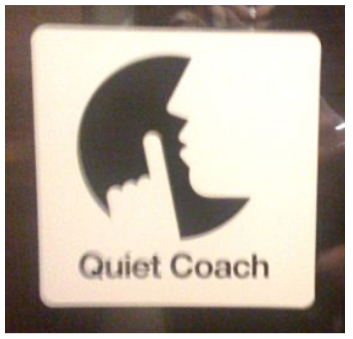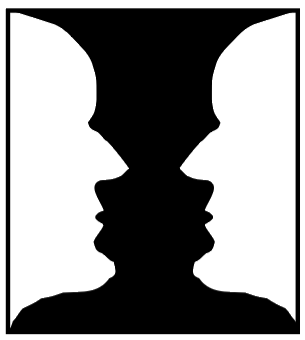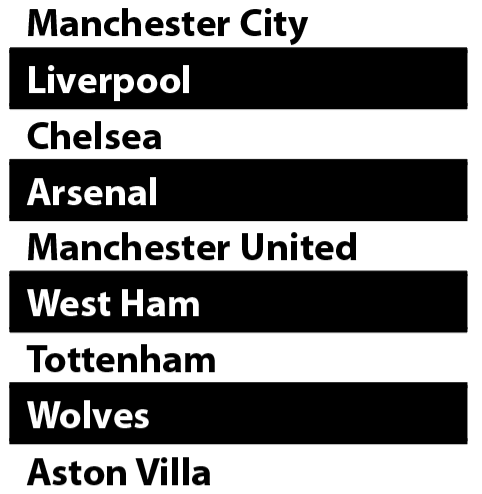
Because it is laid out in columns, this site doesn't display properly on a phone held vertically.
Please turn it sideways.

Because it is laid out in columns, this site doesn't display properly on a phone held vertically.
Please turn it sideways.
What I am looking at here?


What I am looking at here?

When we look at any visual object, we need to distinguish between the thing we should be looking at (the figure), and the background.
Sometimes the background can itself form a figure, and it is impossible to see both figures at once. The face-vase illusion1 is a classic example – your brain switches between seeing two white faces and seeing a black urn or vase. But you can’t see both at the same time.

A practical implication of this applied to typography, is that people cannot read both styles at the same time. Try comparing these football teams:

The Gestalt psychologists were interested in how we distinguish shapes and edges from among visual phenomena. Detecting objects is basic to human perception, and is early to develop in infants. In seeking to make sense of the world, we make probabilistic guesses about what we are looking at, which we check against the rest of the image, and our own experience of visual objects.
1. Known as Rubin’s vase: Edgar Rubin. (1915). Synsoplevede figurer: Studier i psykologisk analyse [Perceived figures: Studies in psychological analysis]. Gyldendal, Nordisk forlag.